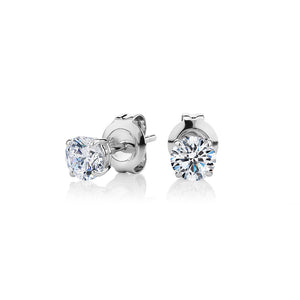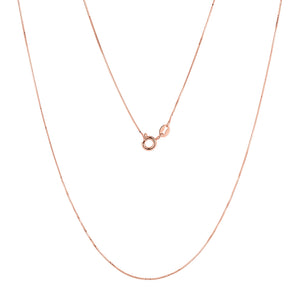What do pop icon Lady Gaga, actress Jennifer Lopez, tennis star Anna Kournikova; monarch Queen Elizabeth II; and cult film star Peter Sellers have in common? They’re all lovers of the pink diamond, a gem so rare its allure is the stuff of legend, romance, myth and mystery.
When Lady Gaga was seen brandishing a giant pink diamond on her ring finger at the Grammys (February 2018) it sparked rumours of an engagement to boyfriend Christian Carino. However, Jennifer Lopez ignited the trend in 2002 when former fiancée actor Ben Affleck gave her a 6-carat pink diamond engagement ring. In 2004, Anna Kournikova stepped in to the pink diamond arena when singer Enrique Iglesias gave her an engagement ring in this rare hue. Queen Elizabeth II owns perhaps the world’s most incredible pink diamond brooch, set by Cartier in 1953 into a flower shape, she’s still seen wearing it at state functions.
Like Inspector Clousseau, movie buffs could be convinced it’s the ‘Maharaja’, the fictitious beauty, which starred alongside Sellers in the 1963 cult film, the Pink Panther, that’s the world’s largest pink diamond when in fact it’s the legendary Darya-i-Nur (‘Ocean of Light’) in the Iranian Crown Jewels (an incredible 186 carats).
The proportions of these (real and fictitious) famous pink diamonds are mind boggling, however in reality, the majority of mined pink diamonds today are roughly the size of a pea. And they’re so rare, the world’s annual cache of premium-quality pink diamonds could fit in to the palm of your hand.
The Argyle Mine in Western Australia yields 90 per cent of the world’s new supply of pink diamonds, however its speculated to cease operations by 2021. That leaves Brazil, Russia and India to meet growing world demand for these rare and precious gemstones.
Secrets co-founder, gemologist and award-winning jeweller, Dietmar Gorlich says the appeal of the pink diamond is its perceived rarity.
“Diamonds are made from carbon atoms bonded together in a crystalline lattice that doesn’t absorb light, which results in the colourless appearance characteristic of a pure diamond,” Dietmar says.
“Coloured diamonds, such as Argyle diamonds, have what is known as a defect centre, where one or more of the carbon atoms in the lattice may be missing, or may have been replaced with a different element.“With enough of these defect centres the diamond may take on different properties, such as absorbing light to the point of a visible colour difference.”
This adds to the mystique of the pink diamond, which varies from candyfloss pink to rich cherry jam hues.
“The most intense is rated ‘Fancy Vivid’, a pink-purple hue, that’s the most expensive in the world,” says Dietmar.
The largest internally flawless, fancy vivid pink diamond ever graded by the Gemological Institute of America is the 59.60-carat Pink Star diamond. This beauty sold at auction for a record-breaking US $71.2 million in April 2017, making it the world’s most expensive gemstone.
According to Dietmar, Secrets simulated pink diamonds are visually more appealing than most pink diamonds because they are ‘eye clean’. This means under 10x magnification, a Secrets simulated pink diamond is regarded as internally pure.
“Our simulated pink diamonds resemble the highest quality purple-pink diamond and appear internally flawless,” says Dietmar.
Just in time for Valentine’s day, Secrets has a new release of exquisitely irresistible simulated pink diamond jewellery – see our February catalogue out now.
Secrets is also taking pre-orders on a Lady Gaga replica ring ahead of Mother’s Day. Crafted from 10ct gold, it features a stunning purple-pink simulated diamond oval cut centre stone surrounded by a cluster of white diamond simulants – it’s just as dramatic as the legendary diva herself.



